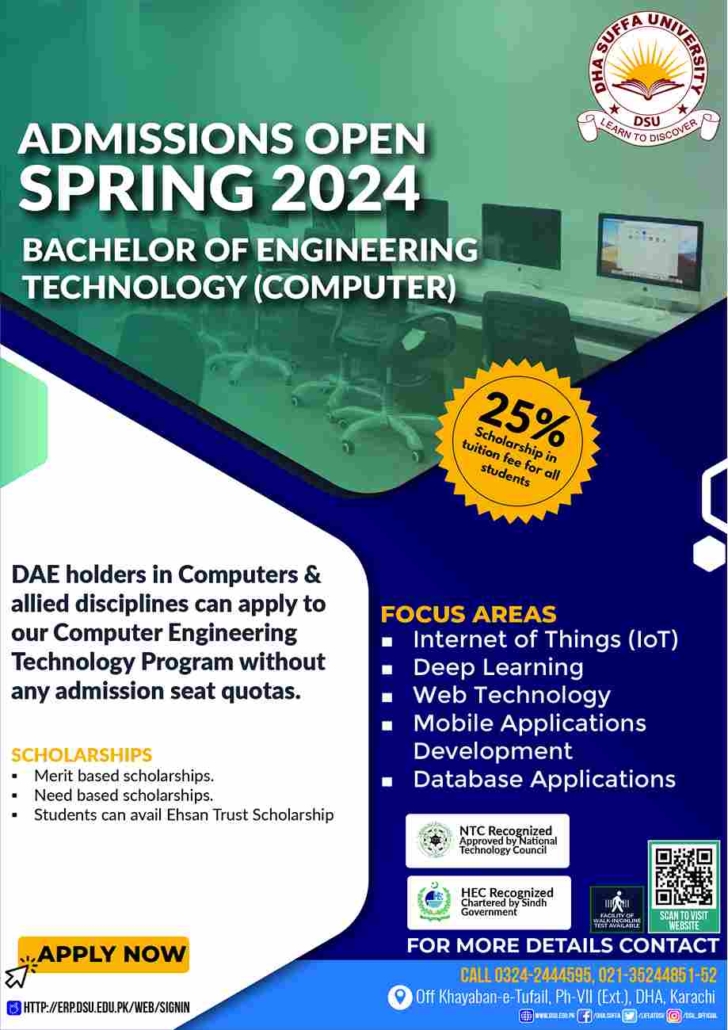Vibration Analyst Advance – Preparatory Training ISO VA CAT II
Learn to be an effective vibration analyst – capable of diagnosing a wide range of faults, conducting special tests, and performing precision aligning and balancing machinery
Program objectives:
To train you to be a successful and competent vibration analyst.
- To develop abilities to diagnose a wide range of fault conditions.
- Pragmatic approach to collect the right data with the correct vibration analyzer settings.
- To provide useful tips so that you may validate the diagnosis.
- Alignment & balancing improve the reliability of the equipment.
Who should attend
- Engineering Executives
- Maintenance Managers
- Planning Engineers
- Maintenance & Reliability Engineers
- Mechanical & Electrical Engineers
Program Brief:
This course is a combination of reliability improvement (through precision maintenance practices), Condition monitoring and root cause failure analysis and provides the best all-round approach to reducing maintenance costs and improving availability. The key is that with the VA Level-II course, you will transition from being a person who is primarily capable of collecting data to a person who can diagnose faults on the critical machinery, and in some cases, prevent or correct them.
Key Takeaways:
- How a well-designed program, and the RCM approach (with precision balancing, alignment, lubrication and resonance control), will improve the OEE and therefore the bottom line
- The condition monitoring technologies: acoustic emission, infrared analysis (thermography), oil analysis, wear particle analysis, motor testing – via supplementary training
- How machines work – via supplementary self-study via the “Equipment Knowledge” section
- How to select the correct measurement location and axis, and collect good, repeatable measurements
- How to analyse vibration spectra, time waveforms and phase measurements
- How to diagnose a wide range of fault conditions: unbalance, eccentricity, misalignment, bent shaft, cocked bearing, looseness, rolling element bearings faults, journal bearing faults, gearbox faults, resonance, and other conditions
Key Features:
You will come away from the course with a solid understanding of:
- Vibration Analysis details & live case studies
- Maintenance Strategies
- Implementation of Successful Condition Monitoring Plan
- Learn how to Prepare Vibration Analysis report
- Learn the Execution plan of Vibration Analysis work order
Key Benefits:
- Great deal to learn, that will help you to perform your role with confidence. In this course you will:
- Increase your knowledge on maintenance practices &the common condition monitoring technologies
- Increase your knowledge about data collection, testing techniques, sensor types
- Learn a great deal about signal processing and the settings of your vibration analyzer
- Increase your knowledge of spectrum analysis, time waveform analysis, and phase analysis and why these tools are used by the vibration analyst
- Learn about common failure modes and how to detect them, including unbalance, misalignment, looseness, resonance, pump/fan/compressor vane, cavitation, turbulence, gearbox & bearing failures
- Learn about precision shaft alignment and soft foot correction
- Learn about single and two-plane balancing
- Learn the basics of setting alarm limits: band alarms, and mask/envelope alarms
Trainer Profile:
SYED MUNAWER HASAN
More than 25 years of global and local experience of Plant Asset Management, Predictive, Proactive Maintenance system designing & its Implementation. Involve in Reliability Centered Maintenance for plant maintenance strategy development & also reviewed strategies for implementation of Enterprise Asset Management, through SAP / ORACLE/ MAXIMO. He passes master’s degree in engineering and business management.
- CBM, Reliability, RCM & EAM Pioneer in Pakistan (Services, Projects & Trainings)
- Established Training Centers, Workshops and Digital technical library for Industries.
- Inventory Management using SPARO (Spare Part Optimization) technique for EAM.
- IIOT system designing & implementation for Industry, especially for Industry 4.0






